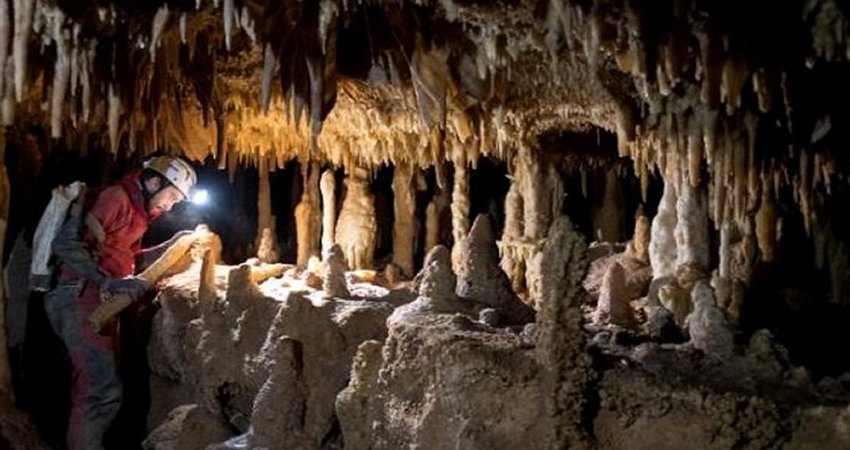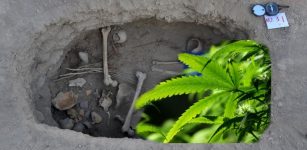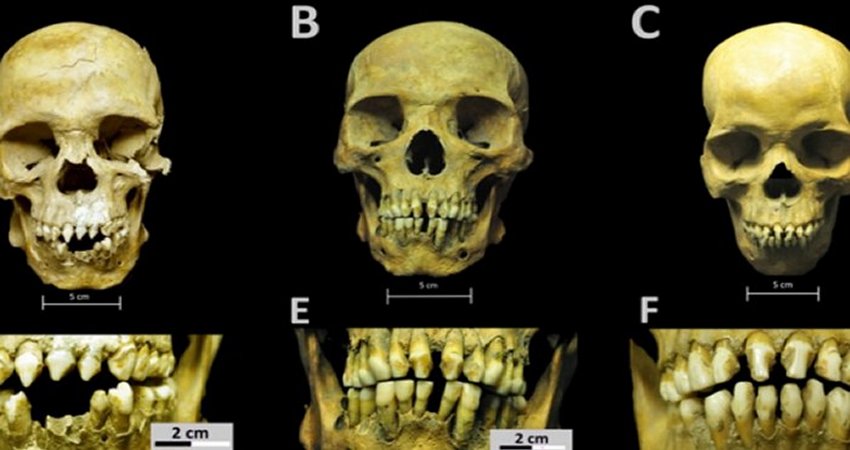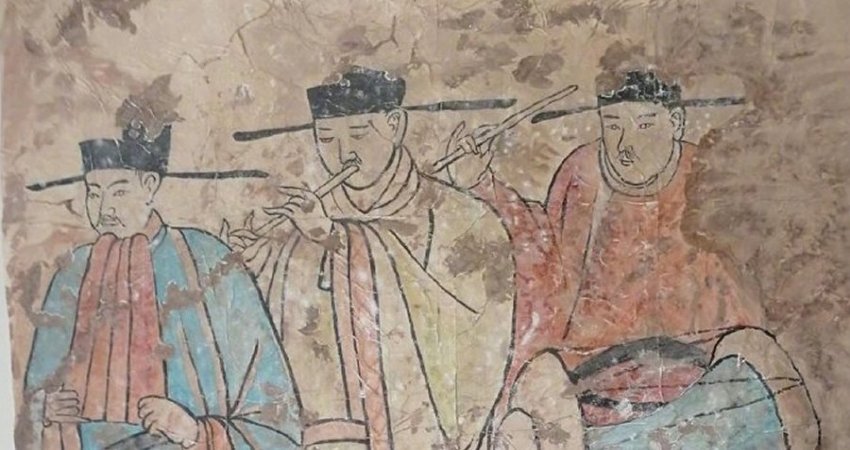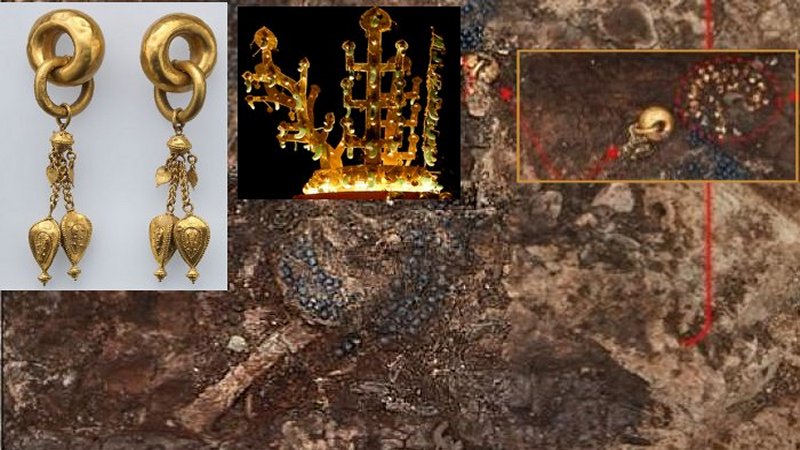Queen Hatshepsut Artifacts Discovered In University Collection
MessageToEagle.com – Two wooden ancient Egyptian artifacts in the collection of 450 different objects – such as lamps, storage jars, dishware, stone tools, bone game pieces, shabtis, and Osiris figurines – have been identified by UWinnipeg alumnus Luther Sousa.
These objects are: one is a miniature hoe, and the other a set of miniature rockers, and they were symbolically significant in ancient Egyptian culture.
Based on Sousa’s initial research, they were likely inclusions in a foundation deposit of Hatshepsut’s temple at Deir el-Bahri in the 1880s.
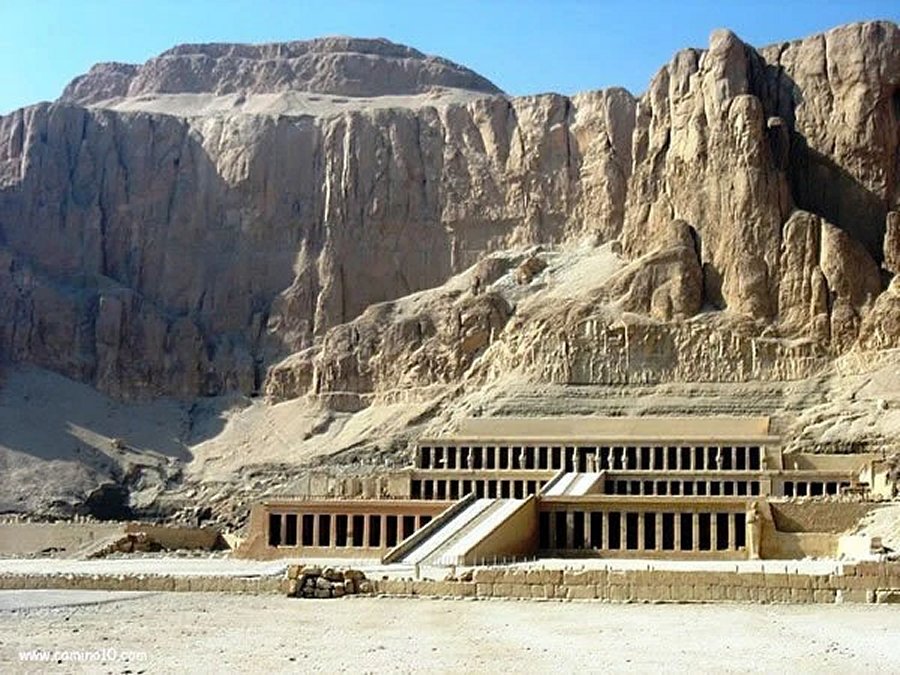
Sousa was able to read the hieroglyphs on the UWinnipeg objects, and then confirmed his identification via a comparison with very similar objects currently held by The Garstang Museum of Archaeology at the University of Liverpool.
“The glyphs strongly suggest that the objects belonged to Queen Hatshepsut from the 18th dynasty of ancient Egyptian kings,” said Sousa, in a press release.
“The writing includes her cartouche, as well as the name of the location of Hatshepsut’s temple, ” said Sousa.
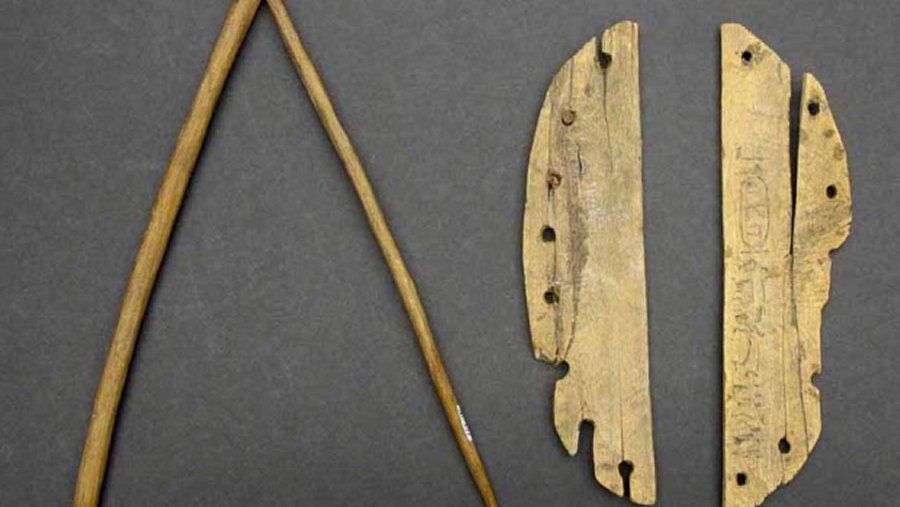
“This is a remarkable find,” stated the Hetherington Collection’s curator, Val McKinley.“In addition to adding to our understanding of Egyptian history and our institutional history, discoveries like this made by a student are inspirational for other students.
Luther is continuing with research on the Hatshepsut artifacts, but we are also developing other student projects and including other departments in the research. This provides inter-disciplinary opportunities for UWinnipeg students and faculty members.”
See also:
Pharaoh Hatshepsut: Skillful And Efficient Female Ruler Who Brought Prosperity To Ancient Egypt
Why Was Pharaoh Hatshepsut’s Reign Virtually Erased From History?
Deadly Ancient Secrets Of Queen Hatshepsut’s Flacon
Solar Cult Complex In The Temple Of Hatshepsut In Deir El-Bahari Reconstructed
10 Fascinating Facts About Pharaohs
Hatshepsut artifacts were excavated during the 1886-88 field seasons by Henri Edouard Naville at Deir el-Bahari (the mortuary temple of Hatshepsut) on behalf of the Egyptian Exploration Fund project. English archaeologist and Egyptologist Howard Carter (made famous for discovering the tomb of the 18th dynasty pharaoh Tutankhamen) was among Naville’s assistants.
MessageToEagle.com
source: University of Winnipeg

